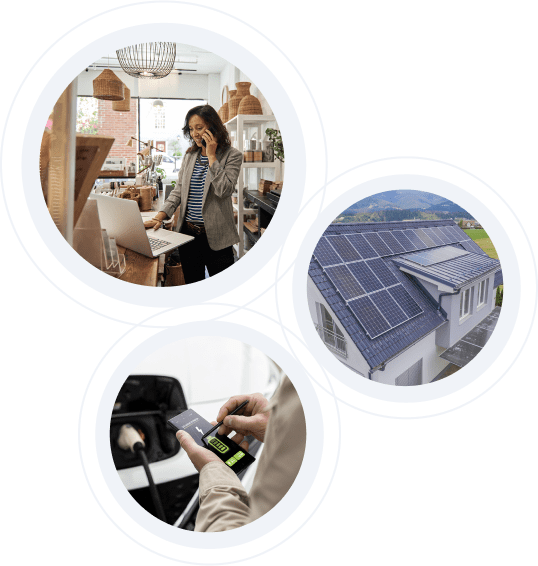Electrifying your home—switching from gas-powered to electric appliances—can improve energy efficiency and reduce carbon emissions. However, navigating the permitting process in areas like San Mateo County and Los Banos can be daunting. The information aims to address common questions around the permitting process.
Understanding when permits are needed
Most electrification projects require permits to ensure safety and compliance with local building codes. Common projects needing permits include:
- Installing or replacing major appliances: Heat pump water heaters, HVAC systems, and electric vehicle charging stations typically require permits.
- Electrical system modifications: Upgrading your electrical panel or wiring necessitates a permit.
- Structural changes: Construction or alterations to your home’s structure will likely need approval.
Cases Where a Permit May Not Be Required
Some minor tasks might not need a permit, such as:
- Minor repairs: Fixing existing electrical fixtures without significant modifications
- Simple appliance swaps: Replacing plug-in appliances without altering wiring or plumbing. The good news is that these options are becoming increasingly available – we explore some of these recent success stories below [link to NPR story]
*Note: Always verify with your local building department, as regulations vary.*
Leveraging New Plug-In Technologies for Simple Appliance Swaps
Advancements in plug-in technologies have made home electrification more accessible and cost-effective. Here are some notable innovations:
- Battery-Powered Induction Stoves: Traditional induction stoves often require special wiring, adding to installation costs. However, new models, like the Copper induction stove, feature built-in batteries allowing them to plug into standard outlets, eliminating the need for electrical upgrades. Link to Copper: https://copperhome.com/
- Plug-In Heat Pump Water Heaters: These energy-efficient water heaters can now be plugged into standard outlets, simplifying installation and reducing the need for electrical modifications.
- Rheem ProTerra 120V: Designed for easy replacement of gas units without the need for 240V service.
- A.O. Smith 120V Hybrid: A 66-gallon water heater compatible with standard 120-volt outlets.
- Voltex® 120V Plug-In 80-Gallon Hybrid: Features easy installation by plugging into a standard 120-volt wall outlet.
- Window-Mounted Heat Pumps: Similar to traditional window air conditioners, these units provide both heating and cooling and can be installed without significant alterations to your home’s electrical system.
- Gradient: Link https://www.gradientcomfort.com
Finding Information for Your City
Each city has specific guidelines. Here’s where to find information:
- San Mateo County: Visit the San Mateo County Planning and Building Department for permit requirements and application procedures.
- Other juridictions…
City of Los Banos: Check the City of Los Banos Building Department for permit guidelines.
Streamlined Permitting in San Mateo County
Coming soon? San Mateo County has introduced measures to simplify the permitting process:
- Online Permitting: The county offers instant permits for solar and energy storage projects through Symbium.
Heat Pump Water Heater Permits: A 2021 report details efforts to streamline permits for heat pump water heaters. More information is available on the San Mateo County Office of Sustainability’s website.
By understanding the permitting process and exploring these innovative plug-in technologies, you can make your home’s transition to electrification smoother and more cost-effective.


